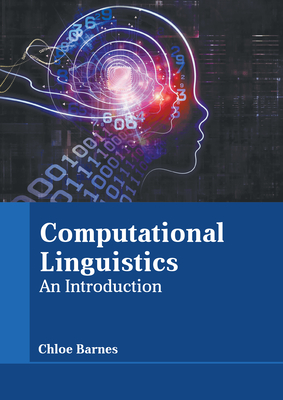Languages through the Looking Glass of BPE Compression
IF 5.3
2区 计算机科学
Q2 COMPUTER SCIENCE, ARTIFICIAL INTELLIGENCE
引用次数: 0
Abstract
Byte-pair encoding (BPE) is widely used in NLP for performing subword tokenization. It uncovers redundant patterns for compressing the data, and hence alleviates the sparsity problem in downstream applications. Subwords discovered during the first merge operations tend to have the most substantial impact on the compression of texts. However, the structural underpinnings of this effect have not been analyzed cross-linguistically. We conduct in-depth analyses across 47 typologically diverse languages and three parallel corpora, and thereby show that the types of recurrent patterns that have the strongest impact on compression are an indicator of morphological typology. For languages with richer inflectional morphology there is a preference for highly productive subwords on the early merges, while for languages with less inflectional morphology, idiosyncratic subwords are more prominent. Both types of patterns contribute to efficient compression. Counter the common perception that BPE subwords are not linguistically relevant, we find patterns across languages that resemble those described in traditional typology. We thus propose a novel way to characterize languages according to their BPE subword properties, inspired by the notion of morphological productivity in linguistics. This allows us to have language vectors that encode typological knowledge induced from raw text. Our approach is easily applicable to a wider range of languages and texts, as it does not require annotated data or any external linguistic knowledge. We discuss its potential contributions to quantitative typology and multilingual NLP.从BPE压缩的角度看语言
字节对编码(BPE)在NLP中被广泛用于执行子字标记化。它揭示了用于压缩数据的冗余模式,从而缓解了下游应用程序中的稀疏性问题。在第一次合并操作中发现的子词往往对文本的压缩产生最实质性的影响。然而,这种影响的结构基础尚未得到跨语言分析。我们对47种类型多样的语言和三个平行语料库进行了深入分析,从而表明对压缩影响最大的重复模式类型是形态类型学的指标。对于具有更丰富的屈折形态的语言,在早期的合并中倾向于高产出的子词,而对于具有较少屈折形态学的语言,特质子词更为突出。这两种类型的模式都有助于有效的压缩。与BPE子词在语言上不相关的普遍看法相反,我们发现不同语言之间的模式与传统类型学中描述的模式相似。因此,受语言学中形态生产力概念的启发,我们提出了一种根据BPE子词特性来表征语言的新方法。这使我们能够拥有对从原始文本中归纳出的类型学知识进行编码的语言向量。我们的方法很容易适用于更广泛的语言和文本,因为它不需要注释数据或任何外部语言知识。我们讨论了它对数量类型学和多语言NLP的潜在贡献。
本文章由计算机程序翻译,如有差异,请以英文原文为准。
求助全文
约1分钟内获得全文
求助全文
来源期刊

Computational Linguistics
工程技术-计算机:跨学科应用
CiteScore
15.80
自引率
0.00%
发文量
45
审稿时长
>12 weeks
期刊介绍:
Computational Linguistics, the longest-running publication dedicated solely to the computational and mathematical aspects of language and the design of natural language processing systems, provides university and industry linguists, computational linguists, AI and machine learning researchers, cognitive scientists, speech specialists, and philosophers with the latest insights into the computational aspects of language research.
 求助内容:
求助内容: 应助结果提醒方式:
应助结果提醒方式:


